🪨 Lake Natron: The Deadly Beauty That Turns Birds to Stone — and Who Survives There
🌋 A Lake Like No Other
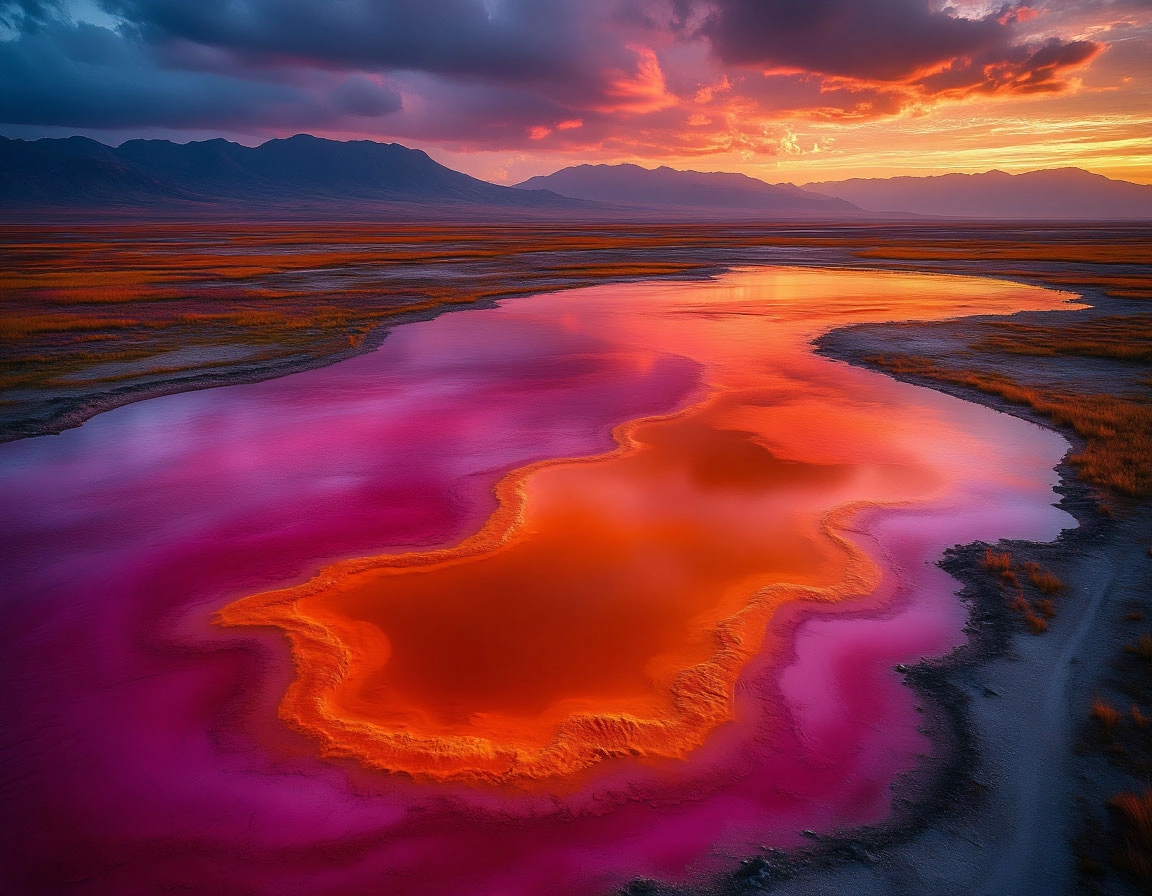
Tucked near the Tanzanian-Kenyan border, Lake Natron is one of the most hauntingly beautiful—and lethal—places on Earth. Seen from above, it resembles an alien canvas: swirls of crimson, rust-orange, and scarlet ripple across the land like spilled ink. But this stunning appearance conceals a deadly reality. Lake Natron is not just a salt lake—it’s a natural trap where water itself becomes a weapon.
From its chemical composition to its blistering climate, everything about Natron defies the logic of survival. Masai tribes, who live in the region, speak of the lake with a mix of reverence and fear. For them, it is both sacred and forbidden—a place where the earthly and spiritual worlds overlap.
🧪 When Water Becomes a Caustic Tomb
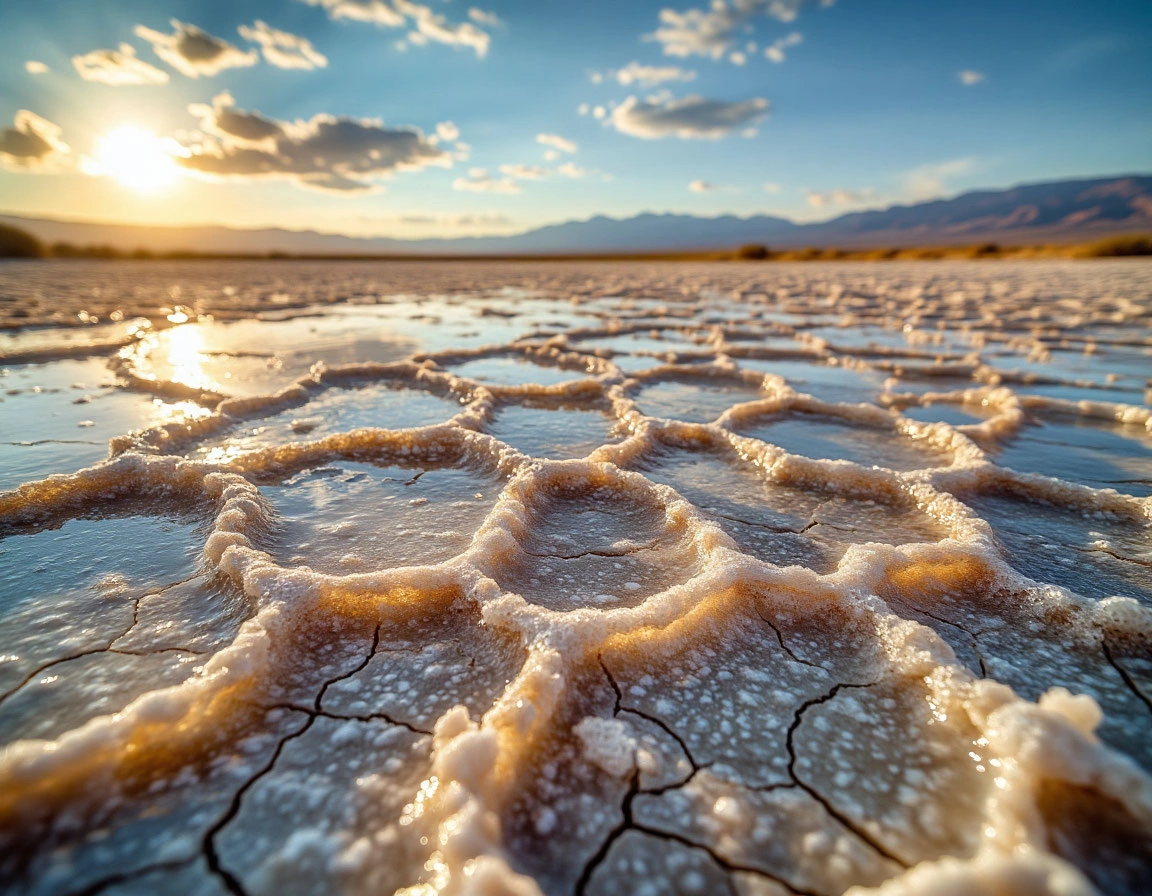
The danger of Natron lies in its extreme chemistry. The water’s alkalinity can soar to a pH of 12.5—more corrosive than household ammonia. Temperatures regularly exceed 50°C (122°F), turning the lake into a simmering basin. It contains high levels of sodium carbonate, or natron—a mineral used in ancient Egypt for embalming mummies. At Lake Natron, nature performs the mummification process unaided.
From the air, the lake’s reflective surface can resemble ice, tricking migratory birds into landing. But what looks solid is in fact caustic sludge. Once touched, the hot alkaline water quickly dehydrates and calcifies organic matter. Birds and bats become eerily preserved in their final moments, their bodies encased in a crust of salt and soda—frozen in time like statues.
🌫️ The Lake Where Even Rain Disappears
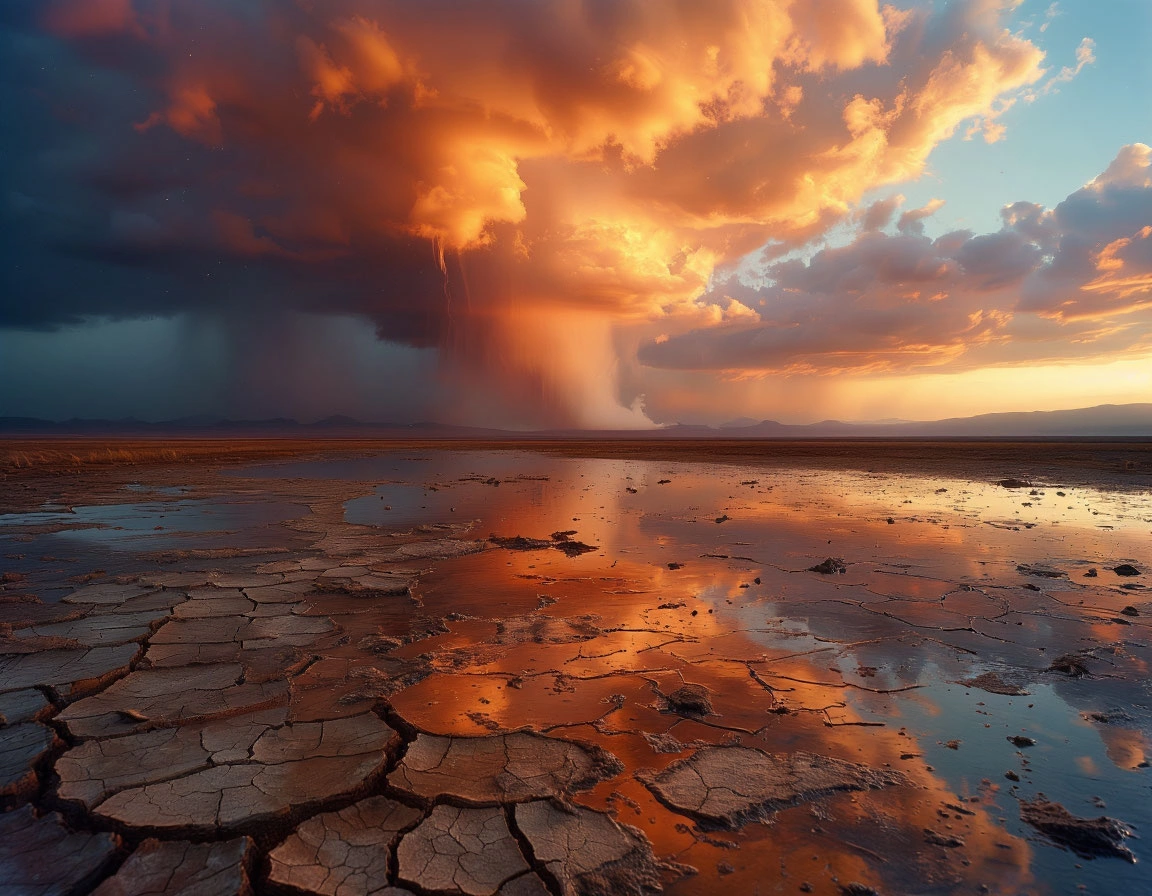
Surrounded by volcanic mountains and baked by the East African sun, Lake Natron is located in one of the driest regions of the continent. Even when rainclouds gather, the moisture often evaporates midair before touching ground. Locals refer to this eerie phenomenon as “phantom rain.” It’s a poetic name for a brutal paradox—where clouds weep, but the land remains untouched.
This climate contributes to Natron’s hostile nature. The high evaporation rate concentrates salts even further, making the lake more toxic with each passing season. No outlet means no escape for these minerals—they remain, building layer upon layer of chemical intensity.
🐟 Who Lives in the Alkaline Abyss?
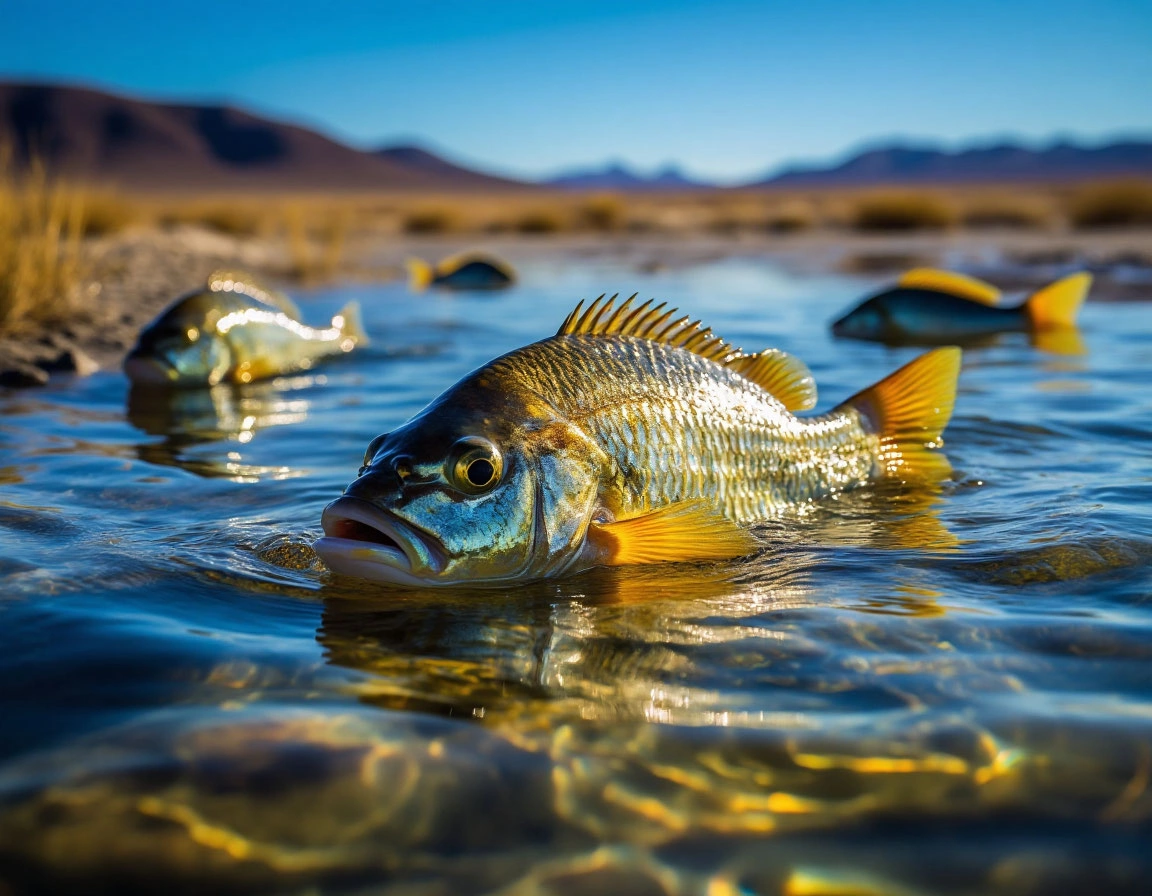
Despite the seeming lifelessness, Lake Natron is not entirely barren. Evolution has carved out niches for survival in even the most hostile ecosystems. Meet the alkaline tilapia—a resilient fish species that thrives in pockets of less saline water near the lake’s edges. These hardy swimmers can reproduce and breathe in conditions that would kill most life forms.
Beneath the surface, colonies of cyanobacteria flourish. These microorganisms not only survive but thrive in the alkaline waters, and in doing so, they dye the lake in dazzling hues—shades of red, orange, and pink. Their pigments protect them from the intense UV rays, giving the lake its iconic alien glow.
🦩 Flamingos in a Sea of Danger
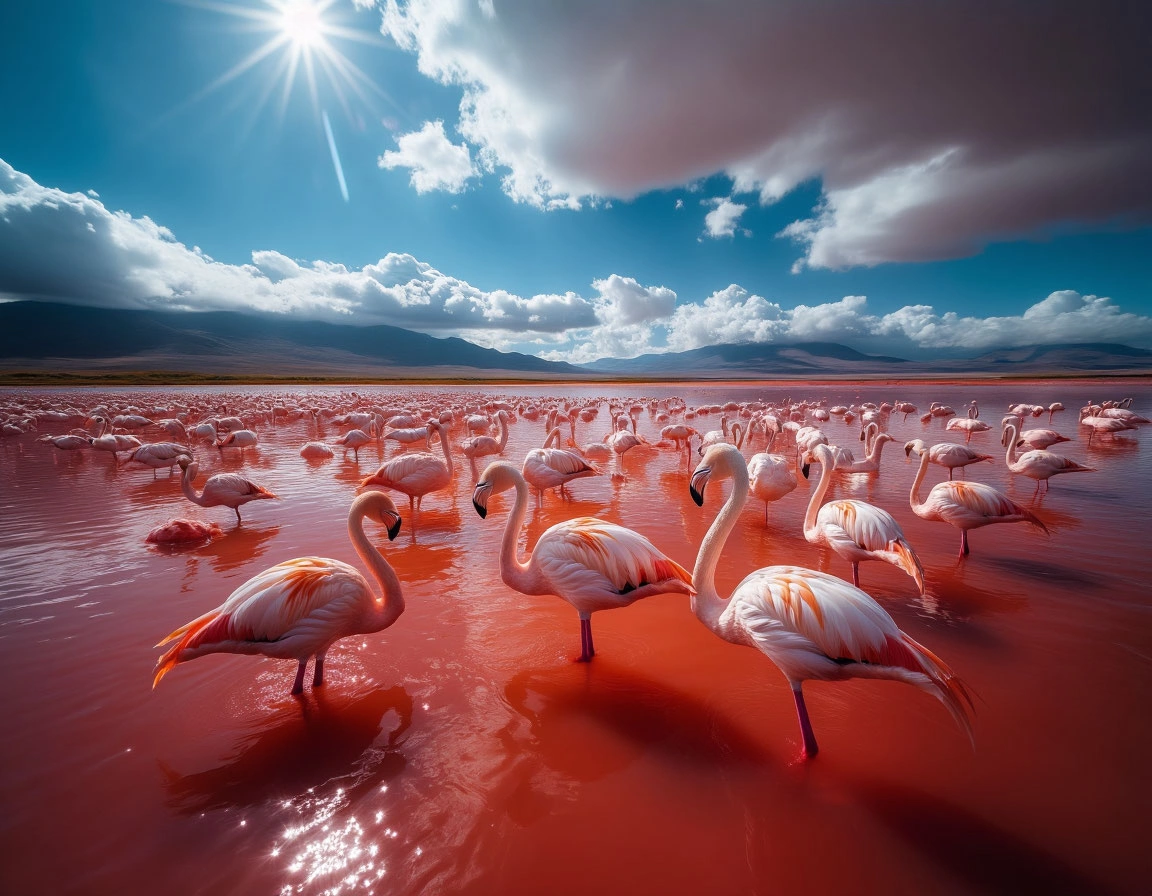
The most astonishing life at Lake Natron isn’t microscopic. It's feathered and pink. This inhospitable lake is home to the largest breeding colony of lesser flamingos in the world. Every year, up to two million flamingos gather on its salty shores, transforming the landscape into a sea of fluttering pink wings.
Why choose such a dangerous location? Precisely because of its danger. Flamingos nest on hardened salt ridges, isolated from predators who can’t withstand the lake’s harsh conditions. The birds avoid direct contact with the lake’s most caustic zones, using shallow pools and mud flats to build their nests. Here, surrounded by boiling waters and toxic mud, they find relative safety for raising their young.
🧭 More Than Science: A Portal of Myths and Power
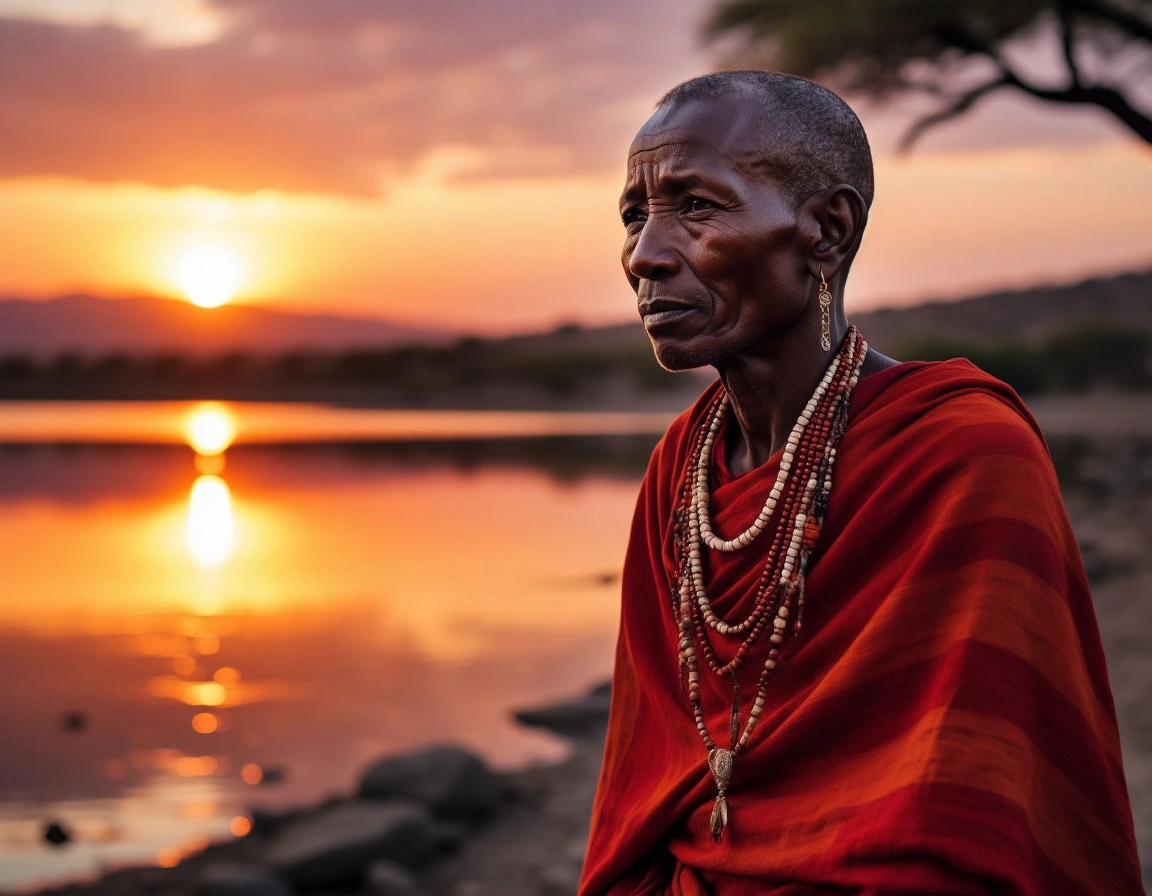
To scientists, Lake Natron is a geochemical anomaly—a rare natural laboratory where few dare to study close-up. To the Masai, it’s a spiritual nexus. Stories passed down through generations speak of ancestors and spirits dwelling by the lake’s shores. Some believe it is a gateway to the afterlife, a place where the boundaries between the physical and the divine are blurred.
Standing near the lake, it’s easy to understand why myths flourish here. The eerie silence, shimmering air, and petrified remains scattered along the shoreline make it feel like a scene from ancient legend or science fiction. This is where nature transforms into something symbolic—violent yet sacred, terrifying yet beautiful.
🧳 Final Reflection: When Nature Says “Keep Out”
Lake Natron is not a trick of Photoshop or a surrealist art piece. It’s very real—and very dangerous. Here, water doesn’t cleanse; it scalds and fossilizes. Here, birds don’t merely die; they become monuments. And yet, amid this elemental fury, life persists. Adapted creatures find sanctuary in the unlikeliest of places, protected by the very forces that destroy others.
If you ever travel to northern Tanzania, approach Natron with respect—and from a safe distance. This lake is a living reminder that nature’s power is not always welcoming. Not because it’s evil, but because it is untamed. In that wildness lies its awe. Its authority. Its warning.
Close